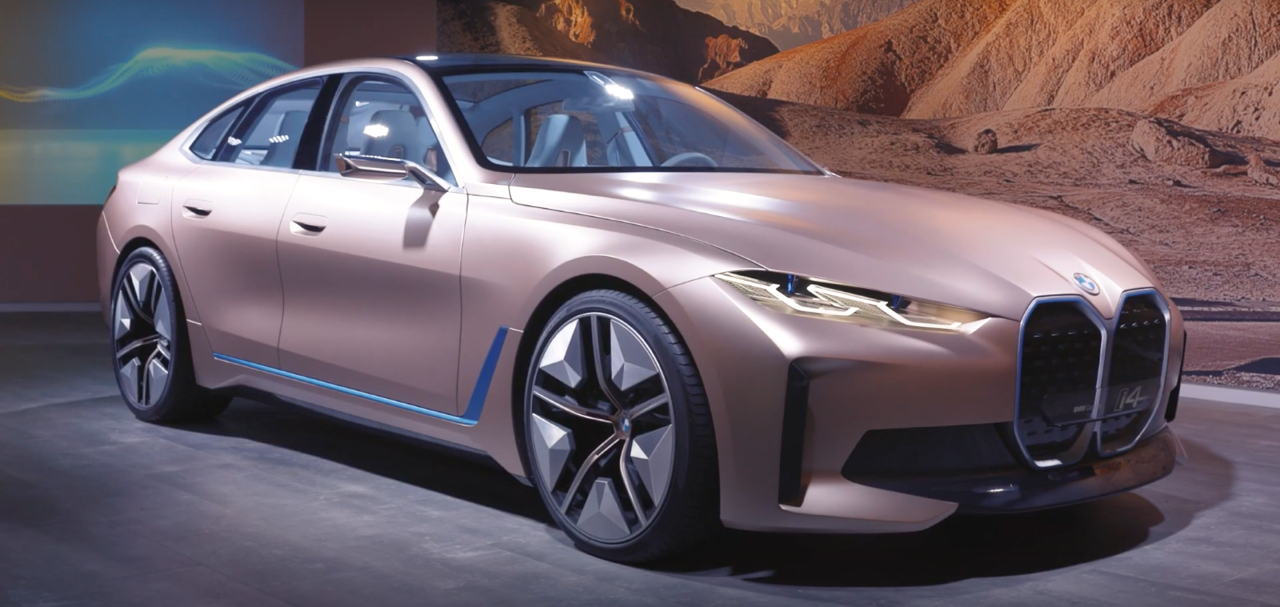
The electric vehicle landscape in 2025 is a battlefield of extremes. Hyper-efficient commuter pods jostle for space with futuristic, tech-laden behemoths promising autonomous utopias. Yet, amidst this cacophony of disruption, the 2025 BMW i4 glides forward, not with a thunderous roar of revolution, but with the confident hum of refined evolution. It stands as a compelling testament to the idea that the future of electric driving doesn’t necessitate abandoning the core tenets of what makes a car truly engaging; it can enhance them.
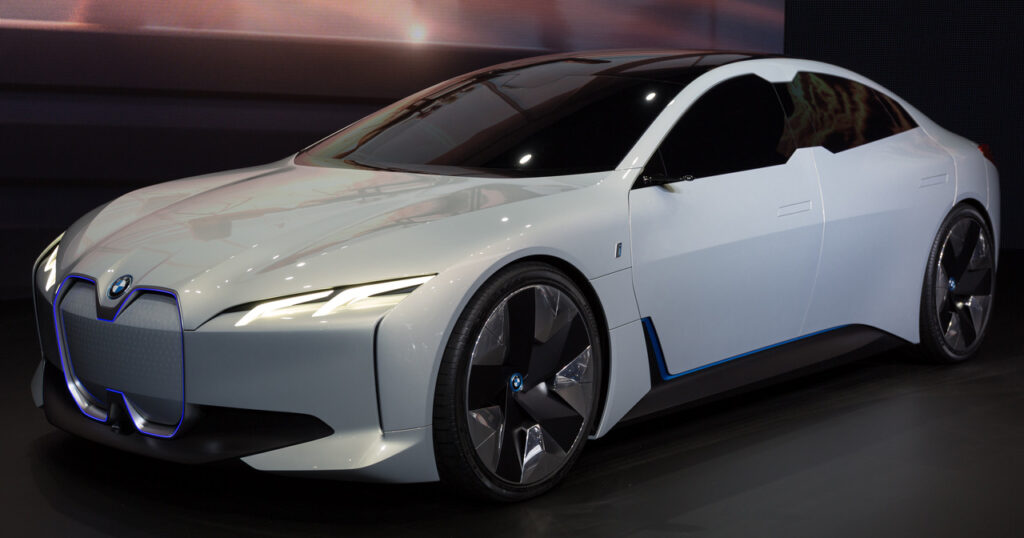
The i4’s brilliance lies in its fundamental proposition: it is, unequivocally, a BMW first and an electric vehicle second. This isn’t a compromise; it’s a deliberate strategy executed with near-flawless precision. Forget radical reinvention. Step inside, and the familiar, driver-centric cockpit embraces you. The build quality is impeccable – soft-touch materials, precise stitching, and an inherent solidity that whispers premium. The latest iteration of BMW’s curved iDrive display dominates the dash, offering intuitive control (even if some purists miss physical buttons) and crisp graphics. It feels like home to anyone accustomed to the brand’s ethos.
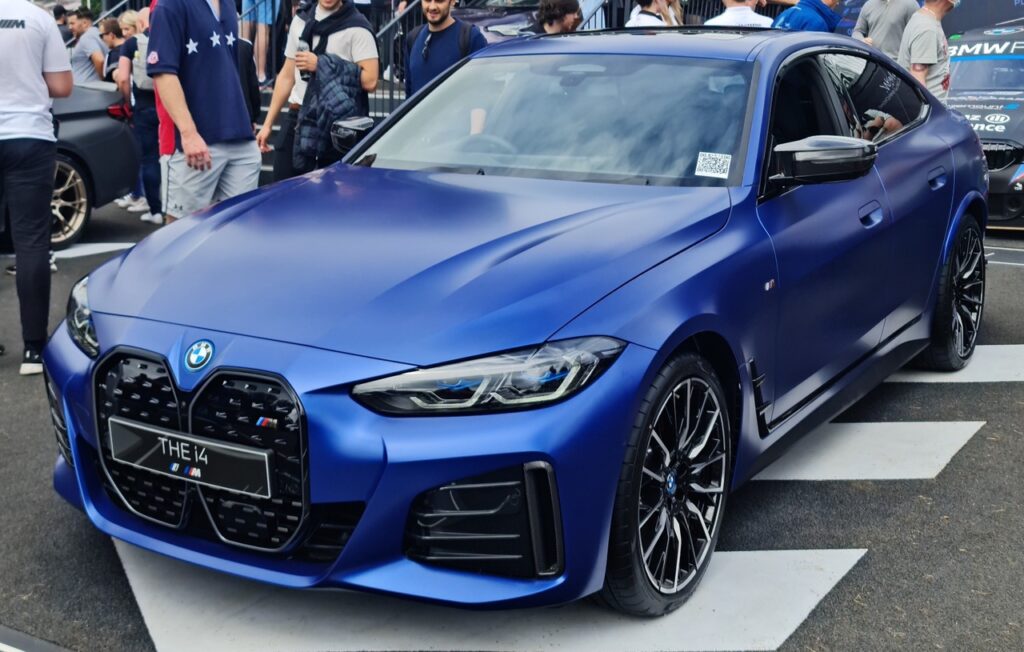
But the true revelation happens when you press the start button (a satisfying ritual BMW retains) and glide away. This is where the electric powertrain elevates the traditional BMW experience. Instant, silent torque is delivered with the smoothness only electrons can provide. Whether in the efficient eDrive40 or the exhilarating M50 xDrive, acceleration is relentless, linear, and profoundly satisfying. The M50, particularly, delivers supercar-rivalling thrust (0-60 mph in under 4 seconds) with an eerie silence that never fails to impress.
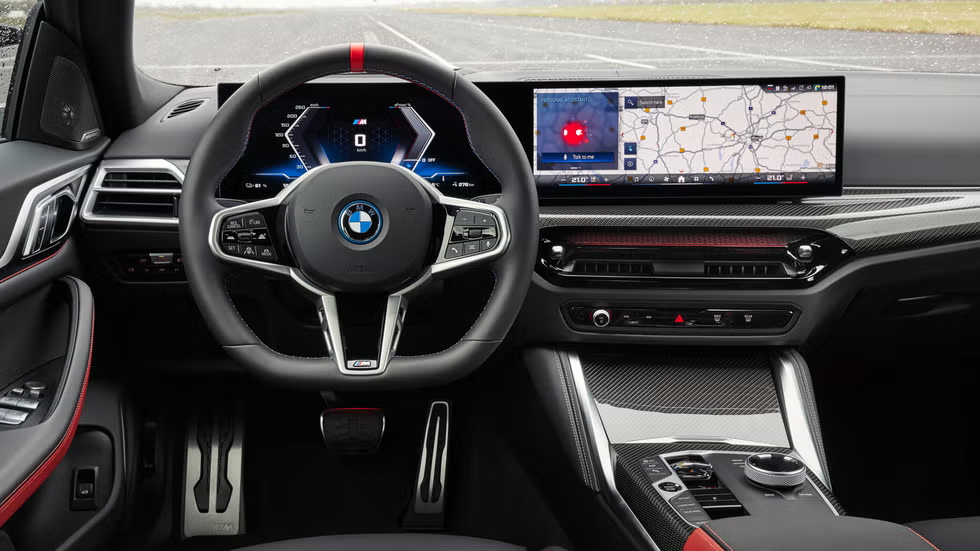
Crucially, BMW hasn’t forgotten its “Ultimate Driving Machine” heritage. The i4 isn’t just fast; it’s poised. The chassis tuning, honed over decades for combustion engines, translates remarkably well to the EV world. The low center of gravity inherent in the floor-mounted battery pack endows the i4 with exceptional balance and cornering stability. The steering, while perhaps lacking the raw feedback of some past BMW icons, remains direct, precise, and communicative enough to foster genuine connection. Adaptive suspension options further refine the ride, offering a commendable blend of comfort on long journeys and taut control when the road demands it. This is an electric car that wants to be driven, not merely piloted.
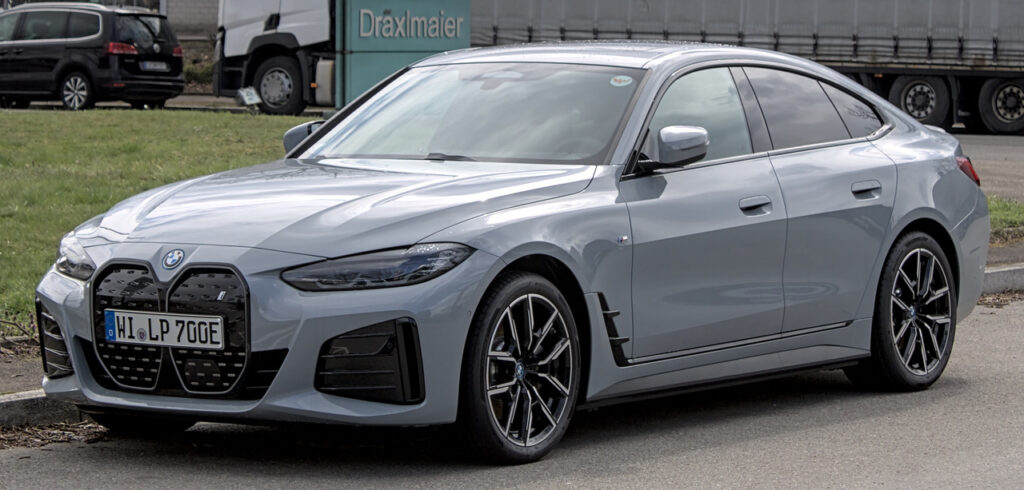
Yet, these are not fatal flaws; they are trade-offs inherent in its chosen path. The i4 doesn’t aim to be the cheapest, the most avant-garde, or the roomiest EV. Its mission is different: to prove that electric propulsion can coexist seamlessly with the dynamic excellence, premium quality, and driver engagement BMW has built its reputation on.
In this, the 2025 i4 is a resounding success. It serves as a crucial bridge. For the traditional BMW enthusiast wary of losing the “soul” of driving, it demonstrates that electrification enhances performance and refinement without sacrificing the core experience. For the EV convert seeking more than just efficiency and novelty, it offers established luxury, proven dynamics, and the reassurance of a brand with deep engineering roots.
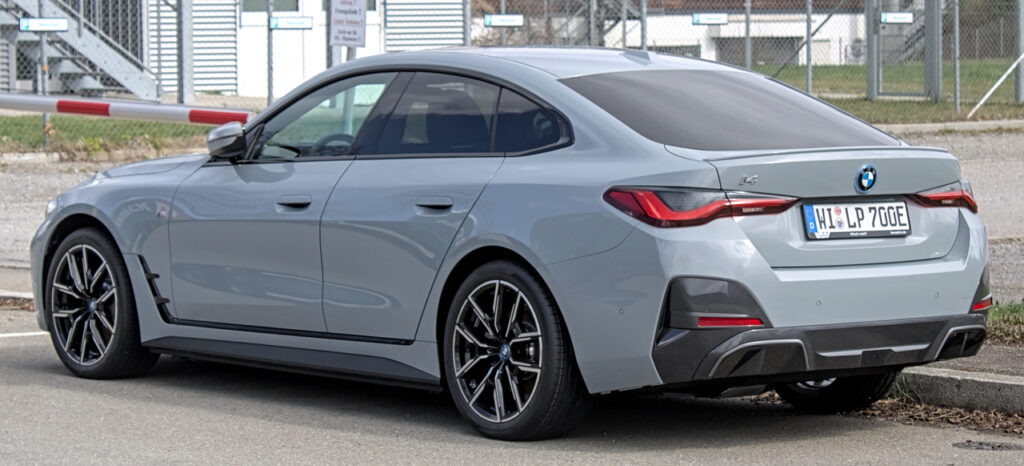
As the electric transition accelerates, the market needs pioneers who push boundaries, but it equally needs ambassadors who translate the electric future into a language familiar and desirable to the mainstream luxury buyer. The 2025 BMW i4 is precisely that ambassador. It is not a moonshot; it is a masterclass in evolutionary engineering. It takes the established strengths of a legendary automotive brand and electrifies them, proving that the future of driving pleasure is not just silent and swift, but can still be quintessentially, thrillingly, a BMW. In a world rushing headlong towards an electric tomorrow, the i4 reminds us that getting there can, and should, still be an utterly engaging drive. That’s not just progress; it’s progress done right.
Photo credits: Alexander Migi, MrWalker, Matti Blume, BMW